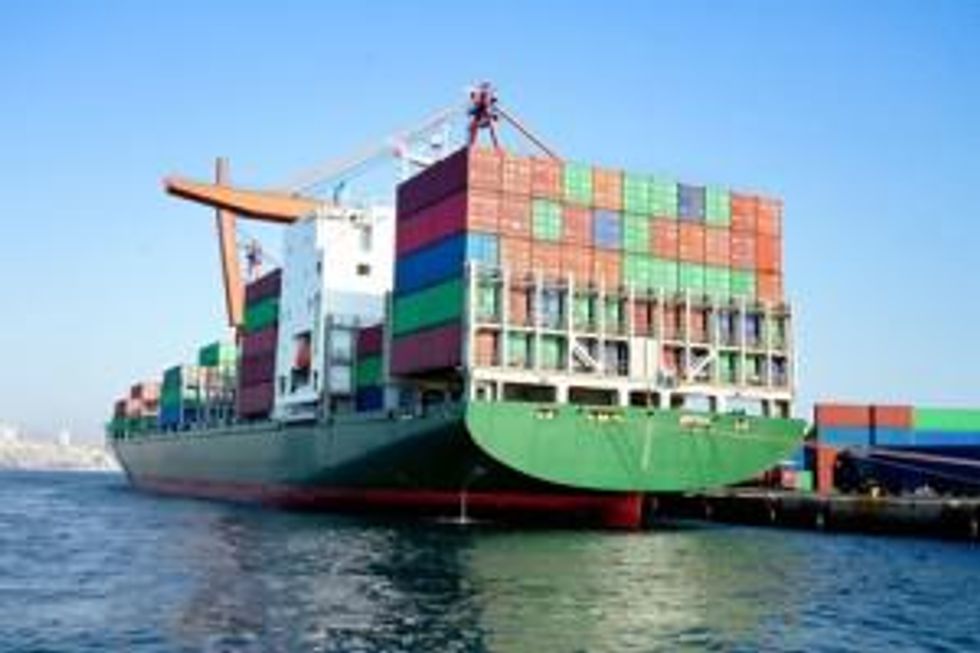The Baltic Dry Index, which assesses the price of moving major raw materials by sea, is a leading market indicator.
The Baltic Dry Index (BDI) is a number issued daily in US dollars by the London-based Baltic Exchange. It assesses the price of moving raw materials by sea, Investopedia states.
To further unpack the BDI, it helps to know that dry bulk commodities are simply commodities that are “shipped in large, unpackaged amounts,” as per another Investopedia article. They are generally seen as falling into two groups: major bulks and minor bulks. The former includes coal, iron ore and grain, while the latter includes steels, sugars and cements.
Arriving at the day’s BDI number requires the Baltic Exchange to contact dry bulk shippers around the world and ask their current prices for 23 different shipping routes. The exchange then combines those prices and finds the average.
In order to get a reasonably full view of the market, the exchange makes sure to ask for shipping costs for four different dry bulk carriers: Handysize, Supramax, Panamax and Capesize. Here’s an explanation of what they are:
- Capesize: Make up 10 percent of the global fleet and can carry 100,000 tonnes of cargo or more. Too large to fit through the Panama Canal.
- Panamax: Make up 19 percent of the global fleet and can carry up to 80,000 tonnes of cargo. Can fit through the Panama Canal, but only barely.
- Supramax: Make up 37 percent of the global feet and can carry up to 59,000 tonnes of cargo.
- Handysize: The smallest; can carry up to 35,000 tonnes of cargo. Make up 34 percent of the global fleet.
How does the BDI move?
The BDI’s demand side consists of demand for raw materials around the world, while its supply side is made up of ships available to move such raw materials from place to place.
Supply is fairly steady as it takes years to build a new ship and it would be ineffective financially to leave a functional ship inactive in an attempt to manipulate supply. Because ship supply is static, the BDI increases as demand for dry bulk commodities rises. An increase in the BDI is generally an indication of global economic growth, according to Learning Markets. It also means that commodities prices — along with the value of commodities currencies, such as the Canadian, Australian and New Zealand dollars — should begin or continue to increase in value.
Conversely, when the BDI drops, global economies are likely contracting and stocks may fall. Commodities prices and the value of commodities currencies are likely to decrease or continue to decrease in this situation.
Why watch the BDI?
Though it’s often overlooked, the BDI is a leading market indicator. It gives investors a clear and concise picture of global demand for commodities and raw materials, which can provide something of a glimpse into the future for investors. That’s because producers buy raw materials when they anticipate creating more finished products, from machinery to buildings.
Like any economic indicator, the BDI is not infallible. However, its relative stability and the fact that it is hard to manipulate mean that many investors pay it careful attention, whether or not their financial interests have anything to do with shipping by sea.
Related reading:
The Commodity Investor: Tracking the Global Economy — The Baltic Dry Index

